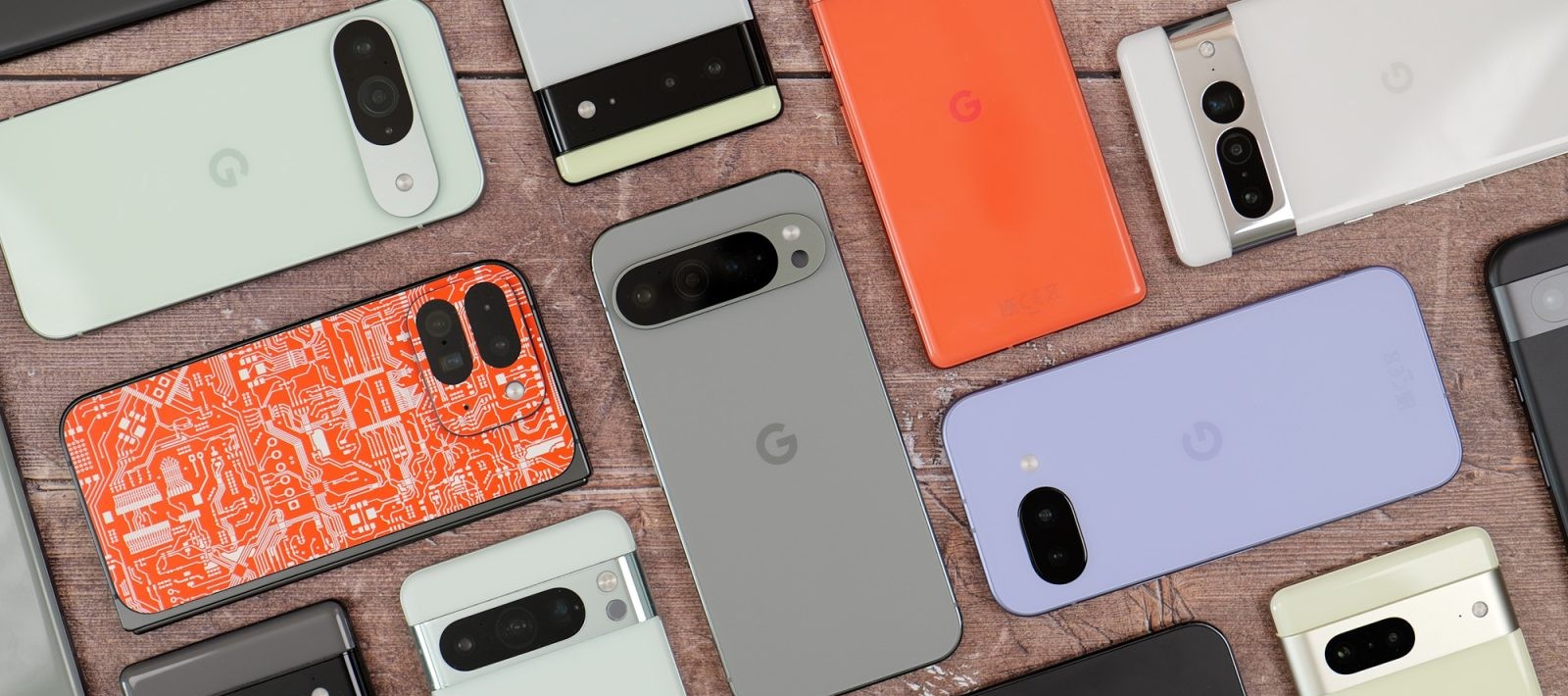Since its debut in 2016, Google’s Pixel series has carved a niche in the competitive smartphone market, offering a blend of innovative features and seamless integration with Google’s ecosystem. As of April 2025, the Pixel lineup has expanded to include 29 models, each contributing to the brand’s growing presence.
The Pixel Journey: A Timeline of Innovation
The inaugural Pixel and Pixel XL set the stage with their emphasis on camera quality and pure Android experience. Subsequent releases, such as the Pixel 2 series, introduced features like Active Edge and improved photography capabilities. The Pixel 3 lineup further enhanced computational photography, while the Pixel 4 series brought Motion Sense and a 90Hz display.
In 2020, the Pixel 5 marked a shift towards affordability without compromising on essential features, appealing to a broader audience. The Pixel 6 series, powered by Google’s custom Tensor chip, showcased advancements in AI and machine learning, setting a new benchmark for performance. The Pixel 7 and 8 series continued this trajectory, refining design and functionality.
Market Penetration and User Adoption
Despite facing stiff competition, Google’s Pixel phones have seen incremental growth in market share. Reports indicate increased adoption in regions like Japan, the UK, and the US. For instance, the Pixel 9 contributed to Google’s highest-ever quarterly sales, reflecting a positive reception among consumers.
User engagement with Pixel devices varies, with some models enjoying prolonged usage. A 2021 survey revealed that the Pixel 5 was the most popular among respondents, followed by the Pixel 4 XL and Pixel 4a. This trend underscores the brand’s ability to retain users through consistent software updates and feature enhancements.
Battery Performance: A Key Consideration
Battery life remains a critical factor for users. The Pixel 6, for example, offers an average screen-on time of 6 to 7 hours, balancing performance with energy efficiency. Adaptive Battery technology further optimizes power usage based on individual habits, extending device longevity.
Data Privacy and Transparency
Data privacy is paramount in today’s digital landscape. Studies have shown that idle Pixel devices transmit approximately 1MB of data every 12 hours to Google servers. While this practice aligns with industry standards, it highlights the importance of transparency and user control over data sharing.
Looking Ahead: The Future of Pixel
As Google continues to innovate, the Pixel series is poised to introduce new features and improvements. Anticipated advancements include enhanced AI capabilities, superior camera technology, and deeper integration with Google’s services. User feedback and market trends will undoubtedly shape the evolution of future Pixel devices.



